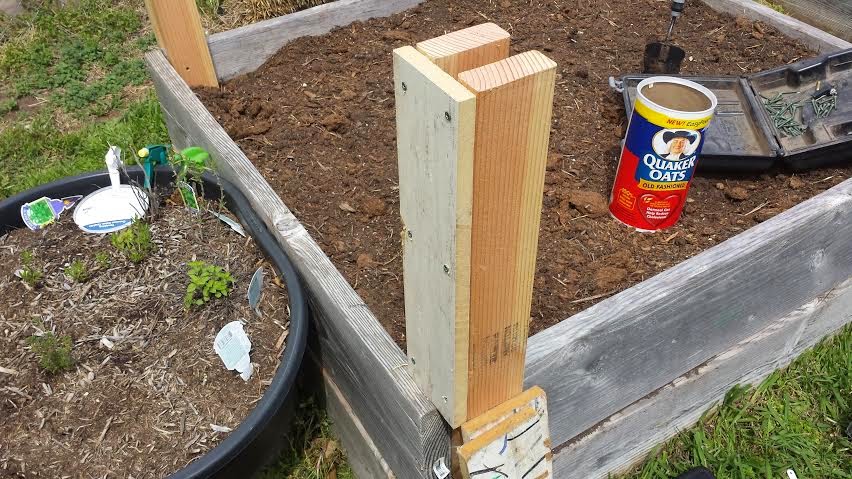I've planted 4 tomatoes plants (Pink Brandy Wine,
Sunrise Bumble Bee, Amish Paste, and Yellow Pear), in one of my raised garden beds with approximately 15 to 20 seedlings
to plant somewhere else in the garden or in pots.
This planting season, I've decided to install
a simple Okie drip system (I decided on the name of the drip system) to help
the tomato plants in the raised bed as a test; to see how well they do with
this system.
You heard right, a simple Okie drip system……here’s
how it’s done. You’ll need plastic bottles like water bottles or soda
bottles (recycled ones). A sharp knife, drill, drill bit
(small size), and something sharp to cut and drill on…..I used a kitchen cutting
board.
The first thing you want to do is cut the bottom off
of each bottle like this.
Next you want to take each lid and drill holes in
them. These holes will allow the water
to flow through to the roots of each plant.
If you drill a couple of holes (2 to 4), the water will drip slowly and
if you drill 6 to 8 holes in each lid, the water will drip faster to the roots
of each plant.
Secure the lids on each bottle.
Dig a hole next to your tomato plant and place the
bottle lid first in the hole. Make sure
your soil is around the bottle like this.
Fill the bottle with water daily, the roots of the
plant will take the water when needed.
This process will be used as a test only in the one raised bed with the tomatoes to see
how it works. The rest of my garden will
be watered with the rain barrel and sprinkler system.
Speaking of rain, are you getting some in your
location? Or are you getting snow
still? I know one person who’s getting
snow, Mama
Pea.
She resides up North, where it gets pretty cold, and snows in May. Check out her blog. She loves to garden, enjoys quilting, and has
a great sense of humor. When you drop by
her blog, tell her I sent you, and let her know I said it’s snowing here in OklahomaJ.








































